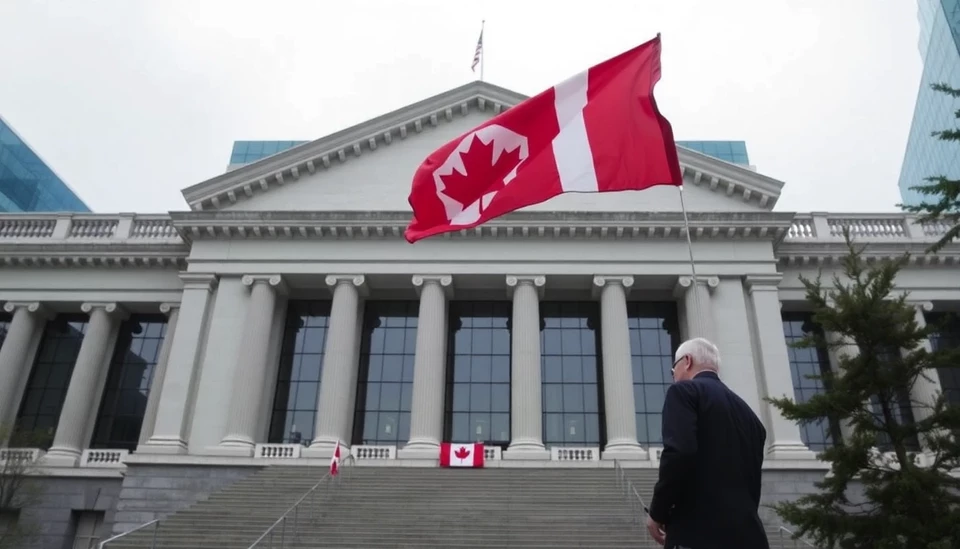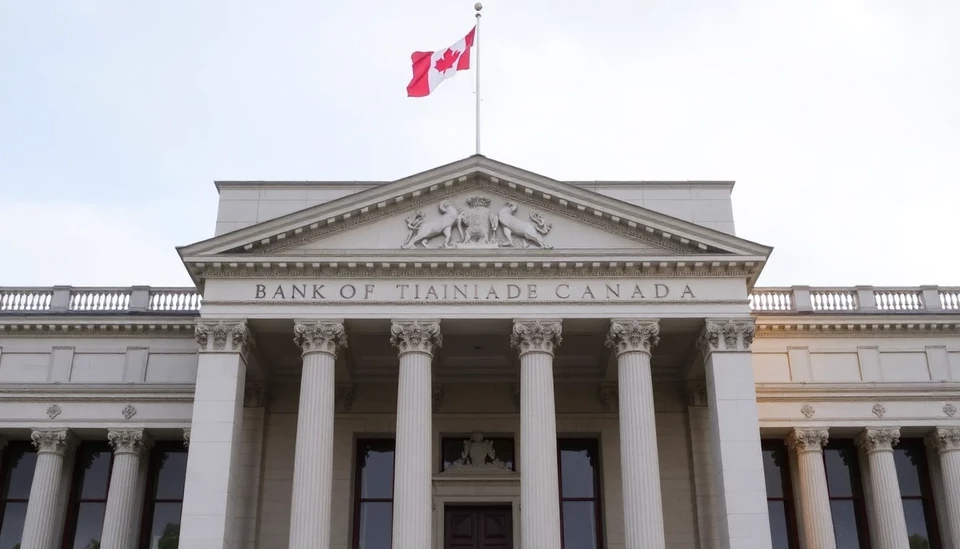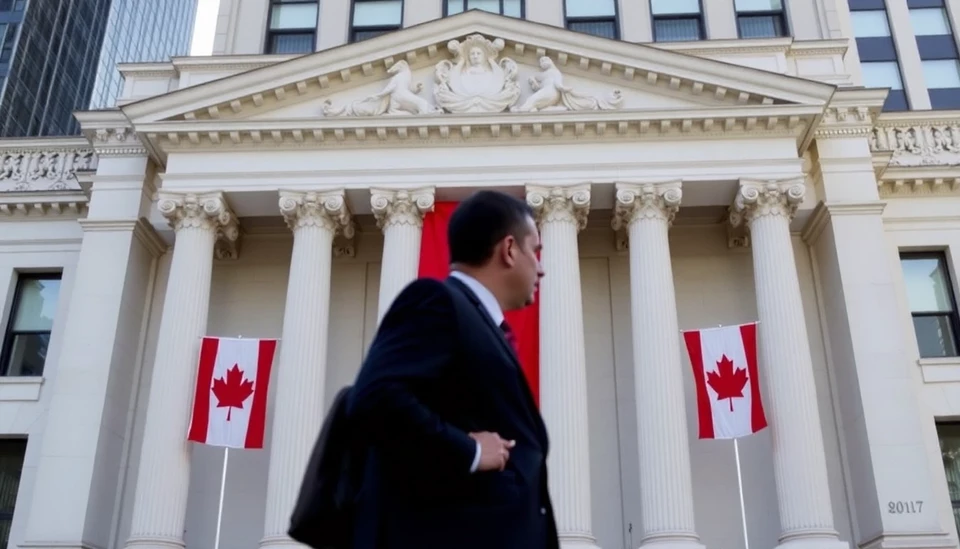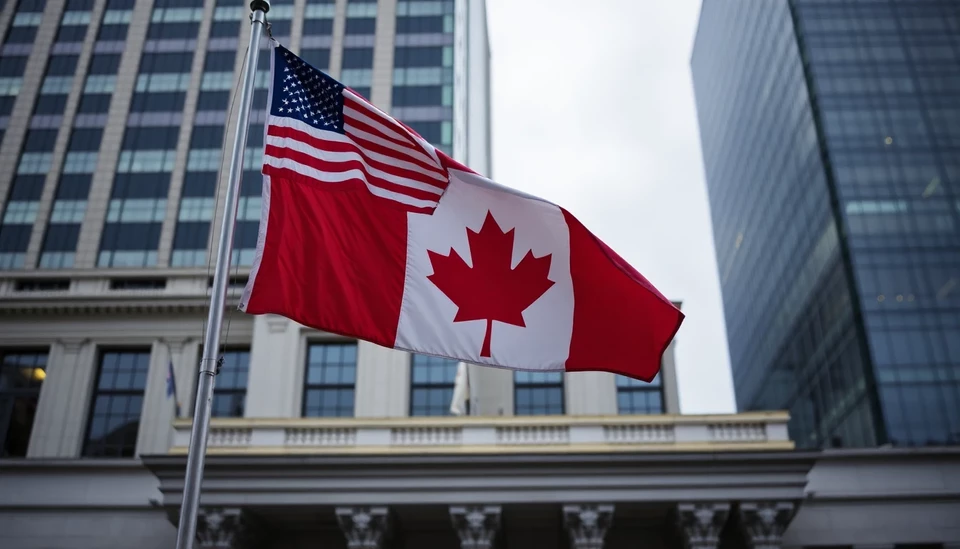
Recent discussions among officials at the Bank of Canada have brought to light apprehensions regarding a potential significant reduction in interest rates, referred to as a "jumbo cut." Senior policymakers within the central bank have expressed fears that such a drastic move could be misinterpreted by financial markets, potentially undermining the intended economic impact.
The backdrop of these concerns is the ongoing struggle with inflation and the balancing act the bank must perform in guiding the economy towards stability. While the notion of slashing rates dramatically may appear appealing in addressing high inflation, it raises red flags about how financial actors could react to such a signal. Officials worry they may face no-win situations: a large rate cut could be seen as a signal of desperation or panic, thereby shaking confidence rather than restoring it.
The discussion has intensified in the wake of various economic indicators suggesting a cooling in consumer spending and a softening job market, prompting speculations about whether the central bank might choose to aggressively cut rates in the near future. However, these discussions are underpinned by a commitment to transparency, with bank officials keen to elucidate their decision-making processes to mitigate misinterpretations.
Furthermore, the potential psychological effects of a jumbo cut cannot be overlooked. A sudden and sizable reduction might lead market participants to believe that the economic outlook is far worse than previously indicated, stirring volatility rather than promoting stabilization. This intricate web of concerns illustrates the delicate nature of monetary policy, where messaging is nearly as crucial as the policy changes themselves.
Amid these discussions, some analysts have suggested a more measured approach, advocating for smaller, incremental rate adjustments that could signal a more cautious and calculated stance from the Bank of Canada. This strategy could help maintain market confidence while still addressing the pressing need for interest rate adjustments aligned with the current economic landscape.
The Bank of Canada has historically approached its monetary policy with a focus on maintaining economic momentum while also ensuring that inflation remains under control. As it navigates these complex waters, the ongoing conversations about the implications of interest rate changes reflect the institution’s awareness of both domestic and global economic conditions. The balancing act between encouraging growth and managing inflation remains one of the primary challenges facing central banks around the world.
In conclusion, as central bank officials weigh their options with regard to interest rates, vigilance around communication and interpretation of their decisions will play a critical role in shaping market reactions and the overall economic trajectory. The conversation surrounding a potential jumbo cut highlights the intricacies of monetary policy and the lasting impact of central bank communications on financial stability.
#BankofCanada #InterestRates #MonetaryPolicy #Economics #JumboCut #FinancialMarkets #Inflation #CentralBank
Author: Daniel Foster




